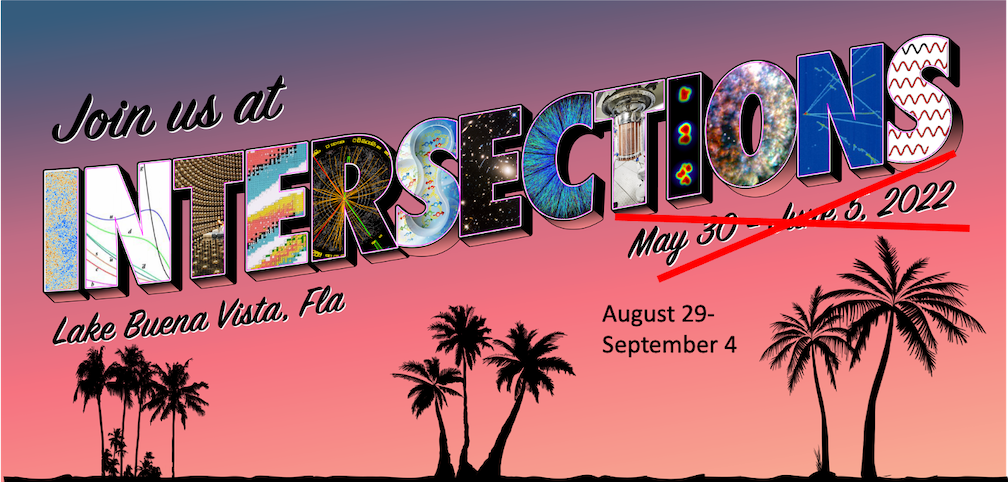Speaker
Description
Announcing the dawn of a new era of multi-messenger astrophysics, the gravitational wave event GW170817 – involving the collision of two neutron stars – was detected in 2017. In addition to the gravitational wave signal, it was accompanied by electromagnetic counterparts providing new windows into the different physics probed by the system. Since then, several gravitational wave events involving neutron stars have been discovered, with many more expected over the next years.
In order to understand and interpret the physics of these events, it is necessary to model the intricate dynamics of such systems before, during and after the merger, including the amplification of strong magnetic fields and the formation of hot and dense nuclear matter. Due to its strong non-linear nature, a modeling of the post-merger phase will only be possible with cutting-edge numerical approaches that combine strong gravity, nuclear physics and plasma astrophysics.
In this talk, I will discuss recent advances in the multi-physics modeling of a neutron star coalescence. With the help of several examples, I will show how future gravitational wave detections of the post-merger phase might allow to systematically uncover the properties of hot dense matter. I will further highlight the connection of neutron star mergers and heavy-ion collisions, with a particular emphasis on the deconfinement phase transition. Along those lines, I will also show how neutrino-driven viscosity can naturally arise during the collision. I will conclude by discussing how such a multi-physics approach will enable a next generation modeling of the engines of multi-messenger gravitational events.

